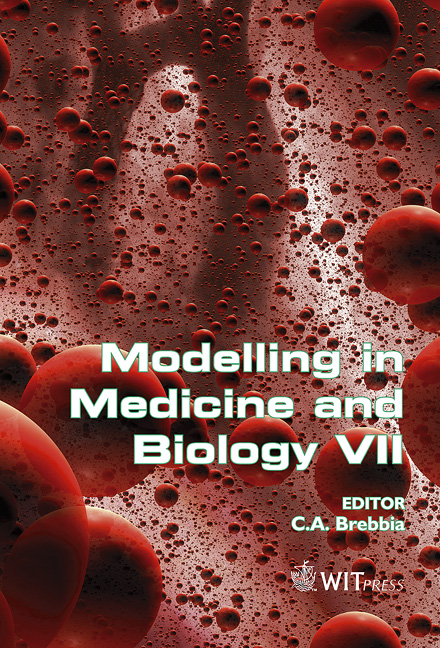Mathematical Modeling In Drug Discovery And Development
Price
Free (open access)
Transaction
Volume
12
Pages
11
Published
2007
Size
622 kb
Paper DOI
10.2495/BIO070301
Copyright
WIT Press
Author(s)
R. Miftahof & N. Akhmadeev
Abstract
Mathematical modeling and computer simulations are emerging technologies in drug discovery, development and drug assessment for short- and long-term biological effects. They promise to be cheap, practical, sensitive and specific, and capture real aspects of the disease phenotype that is accepted as clinically and biologically meaningful. However, existing computer-based platforms are not capable of integrating complex nonlinear interactions of molecular, cellular, tissue, organ and system activities that are required in drug discovery. Novel software, ABS Technologies©, is designed on a \“reductionism-integration” principle. It offers solutions with regard to rational decision making at different stages of drug development. Examples of numerical investigations into the effects of Lotronex (GSK) and benzodiazepines provided valuable information related to the dynamics of visceral perception and motility of the gut. The results revealed the intricate role of nonlinear interplay between different signaling pathways in the pathogenesis of visceral hypersensitivity and functional gastrointestinal disorders. Advantages and limitations of the use of computer-based technologies in drug discovery are briefly reviewed. Keywords: mathematical modeling, computer simulation, drug discovery. 1 Introduction During the last decade the pharmaceutical industry has followed a simplistic assumption that a single drug hitting a single target was the \“rational” way to design drugs. That was a direct consequence of our lack of knowledge about function-determining features of desired ligand molecules in the drug discovery process. Although this approach continues to dominate pharmaceutical thinking,
Keywords
mathematical modeling, computer simulation, drug discovery.





